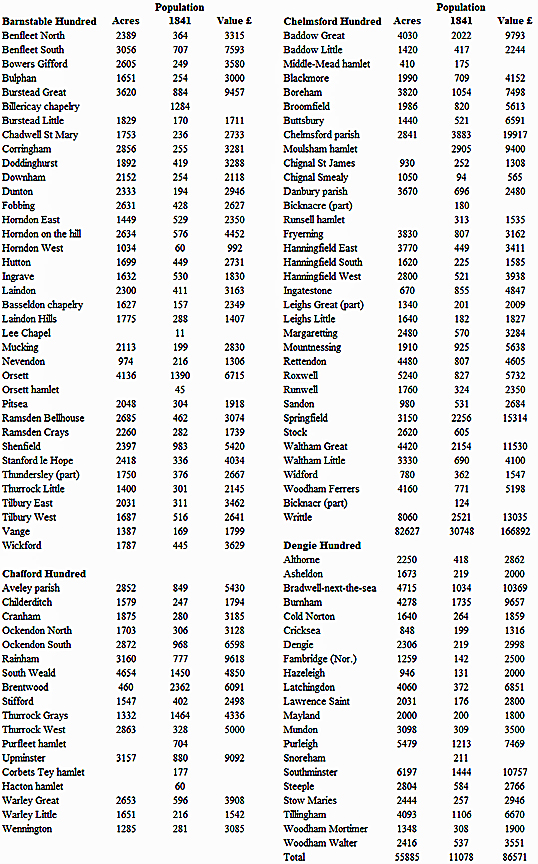
 Land and Tax Records should not be ignored. These records can prove family relationships and can track the residency of a family over time. The names of landlords or people from whom your ancestors purchased land are also valuable clues. The lessors and sellers of land often were family members of the buyer or friends with ties to the buyers. Likewise, anyone to whom your ancestor sold or leased property might have been a relative. Maps and Quarter Sessions records are addtional resources for investigating property.
Land and Tax Records should not be ignored. These records can prove family relationships and can track the residency of a family over time. The names of landlords or people from whom your ancestors purchased land are also valuable clues. The lessors and sellers of land often were family members of the buyer or friends with ties to the buyers. Likewise, anyone to whom your ancestor sold or leased property might have been a relative. Maps and Quarter Sessions records are addtional resources for investigating property.
A Hundred is an administrative division of land. The Saxons introduced the system of Hundreds into England. The original concept was for the area of a Hundred to be large enough to support one hundred families. The adminstrator of the area was called a Hundred Elder. The system survived in England until the 19th century and was used as a unit of government and taxation. To find records related to land and taxation, you need to know the Hundred to which the parish belongs.


We do not know what you know. Please share with us your knowledge, and help us correct any error you find in our research.